What Are The Characteristics of Mid-Century Chandeliers
Geometric forms
Sputnik shapes
The word "sputnik" means "traveling companion" in Russian. It's derived from an adjective meaning "companionable." The first satellite ever launched into space was called Sputnik 1 and was developed by the Soviet Union in 1957. It became the first man-made object to orbit Earth. Its purpose was to study the Earth's magnetic field and it transmitted radio signals back to earth as well as images of our planet via cameras mounted inside it!
Clear glass
Brass
Mid-century brass chandeliers are usually made with copper or copper alloy, but can also be made from other metals such as bronze (an alloy of copper and tin).
Polished nickel
Polished nickel has another drawback: it’s more expensive than other finishes like brushed brass or antique bronze. Unfortunately there aren’t many options when it comes to mid-century fixtures—and most of those options tend toward simplicity anyway—so this might not be worth worrying about too much.
Unique crystals
The most important characteristic of mid-century chandeliers is the crystals. Crystals are available in a variety of sizes, shapes, and colors. They can be clear or colored—or both! In addition to being used on their own, crystals can be combined with other materials like brass or nickel.
From an aesthetic perspective, crystal chandeliers are unique because they allow for more variety than traditional lighting fixtures do. Since there are so many different combinations available when it comes to size and shape as well as color options (clear or opal), you're sure to find one that suits your tastes perfectly!
Similar to its cousin "form follows function," less is more places value on what cannot be seen versus what can be seen: For example, if you have an attractive chandelier with lots of details and intricate parts, chances are it will take up a lot of space and be difficult to clean. On the other hand, if your chandelier has only 3 or 4 elements (such as bulbs), then cleaning will be simple and won't require any maintenance at all!
In short: Mix metals and materials to create a unique look.
A clean, simple design. This is especially important if you want your chandelier to fit in seamlessly with the rest of your decorating scheme. Mid-century chandeliers are often made of chrome and glass, which are both very modern materials that lend themselves well to minimalist spaces.
Crisp lines and reflective surfaces. Mid-century lighting fixtures tend not only be streamlined but also brightly lit—they're often made from glass because it offers more brightness than other materials like plastic or wood would provide on their own!
From an aesthetic perspective, crystal chandeliers are unique because they allow for more variety than traditional lighting fixtures do. Since there are so many different combinations available when it comes to size and shape as well as color options (clear or opal), you're sure to find one that suits your tastes perfectly!
Simpler is always better
"Less is more," a phrase coined by 20th century German architect Ludwig Mies van der Rohe, is the quintessential design principle in mid-century lighting. It emphasizes the importance of simplicity in design and advocates for pared-down aesthetics that emphasize functionality over superfluous adornment.Similar to its cousin "form follows function," less is more places value on what cannot be seen versus what can be seen: For example, if you have an attractive chandelier with lots of details and intricate parts, chances are it will take up a lot of space and be difficult to clean. On the other hand, if your chandelier has only 3 or 4 elements (such as bulbs), then cleaning will be simple and won't require any maintenance at all!
Use minimal embellishment, at best
Mid-century chandeliers are known for their clean lines and minimalist styling. They work well in spaces that can be very simple, but they can also look great in more ornate settings as well. The best thing about them is that they almost always have some sort of detail to them—you’re not going to find a plain piece of metal or glass when you buy one! That said, it shouldn’t be overdone. You don’t want your mid-century chandelier looking like a disco ball (unless you do). So keep things simple: use minimal embellishment, at best; focus on the shape and materials you use; keep it clean and classic looking; remember that less is more when it comes to this type of design!Mix materials to create interest
If you’re thinking of purchasing a mid-century chandelier, consider mixing materials to create interest. For example, if you want a contemporary light fixture that evokes the feeling of a classic lantern, then mix metals and different materials. This can be done by pairing an iron base with glass shades or an acrylic finish for an entirely different look.In short: Mix metals and materials to create a unique look.
Mid-century chandeliers have unique style elements that you'll want to look for when shopping for a new one for your home
The mid-century chandelier is a great way to add style and character to your home. You can do this by choosing a design that has unique features, or by selecting one with certain characteristics in common. Here are some things you'll want to look for when shopping around:A clean, simple design. This is especially important if you want your chandelier to fit in seamlessly with the rest of your decorating scheme. Mid-century chandeliers are often made of chrome and glass, which are both very modern materials that lend themselves well to minimalist spaces.
Crisp lines and reflective surfaces. Mid-century lighting fixtures tend not only be streamlined but also brightly lit—they're often made from glass because it offers more brightness than other materials like plastic or wood would provide on their own!
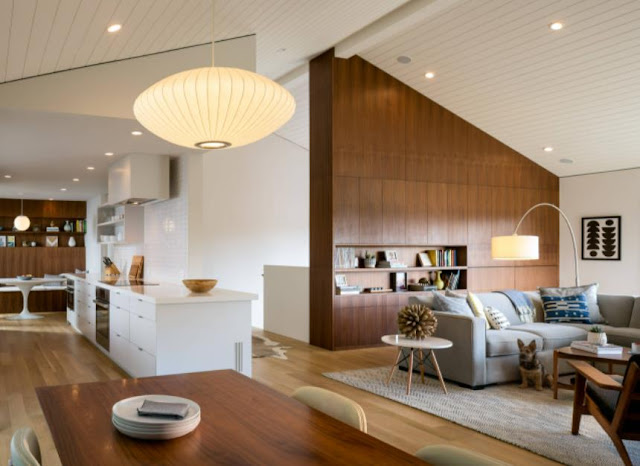
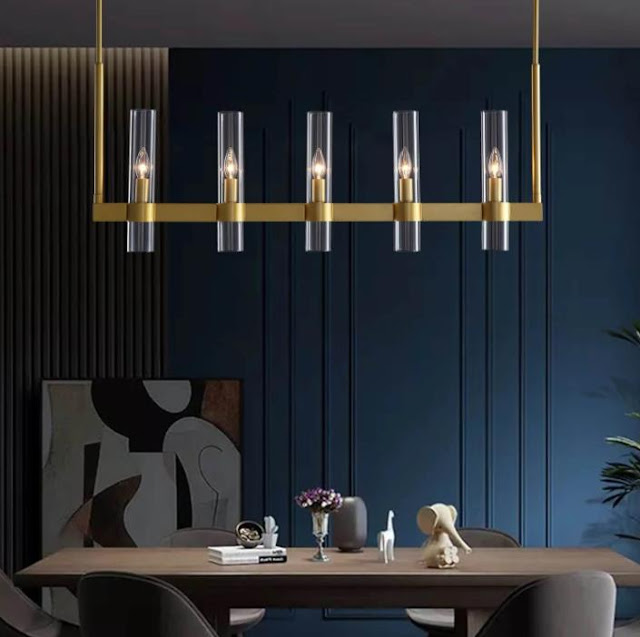
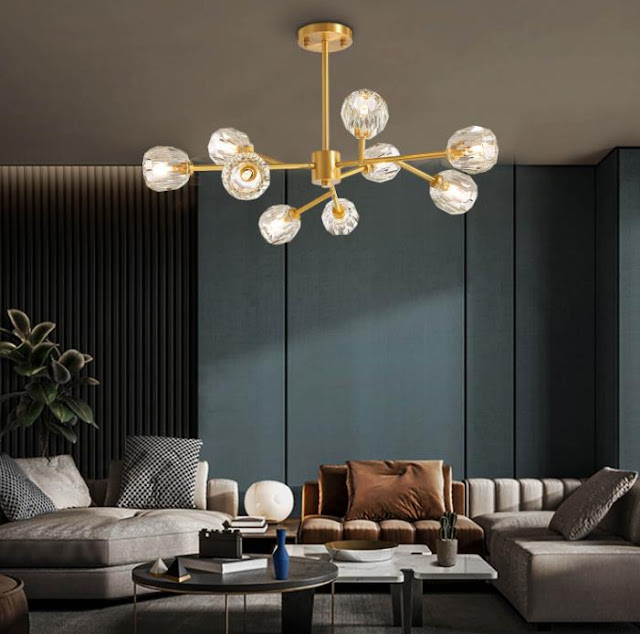
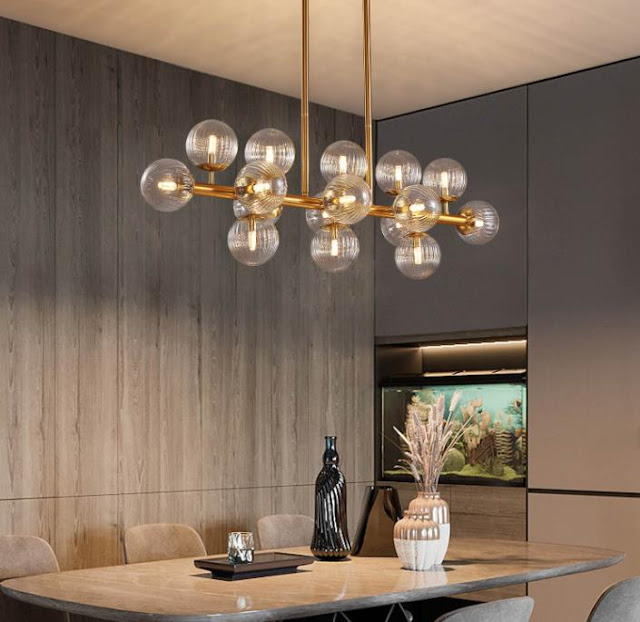
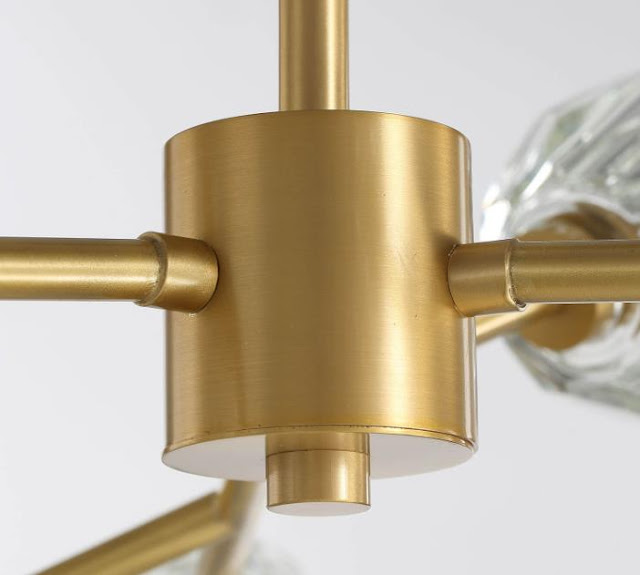
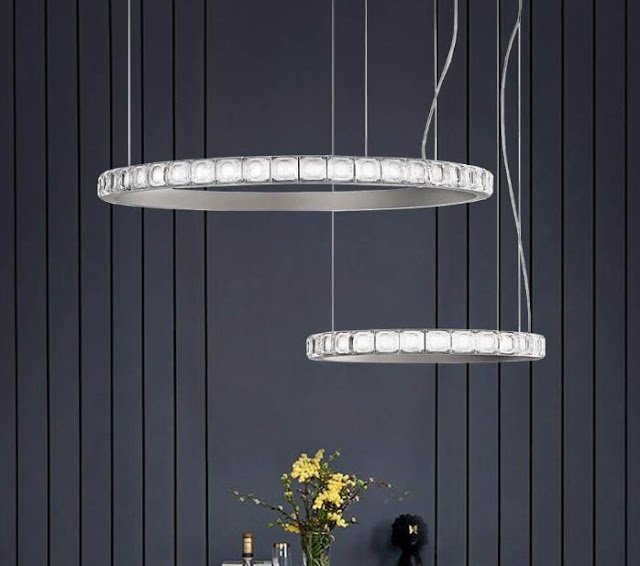
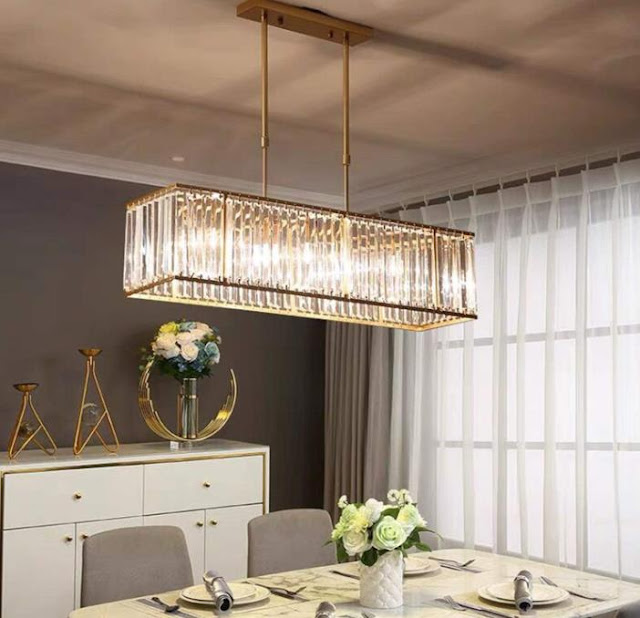



Comments
Post a Comment